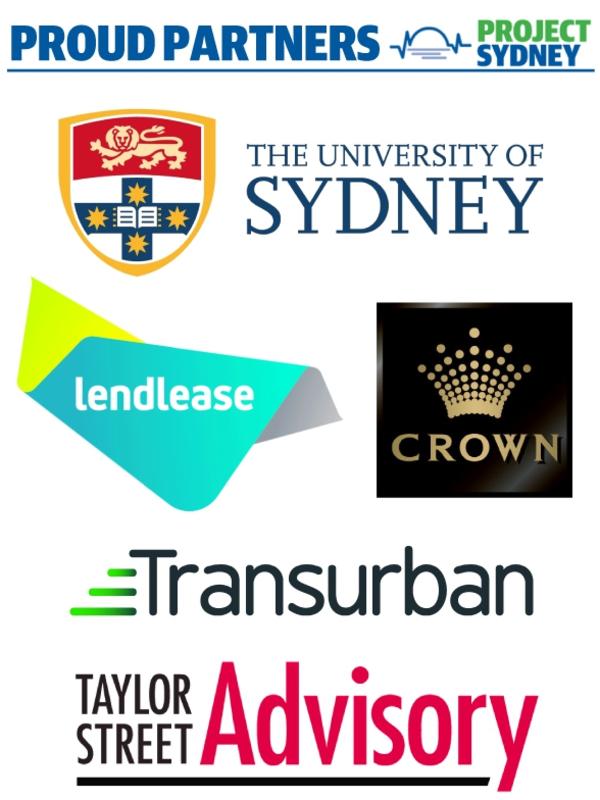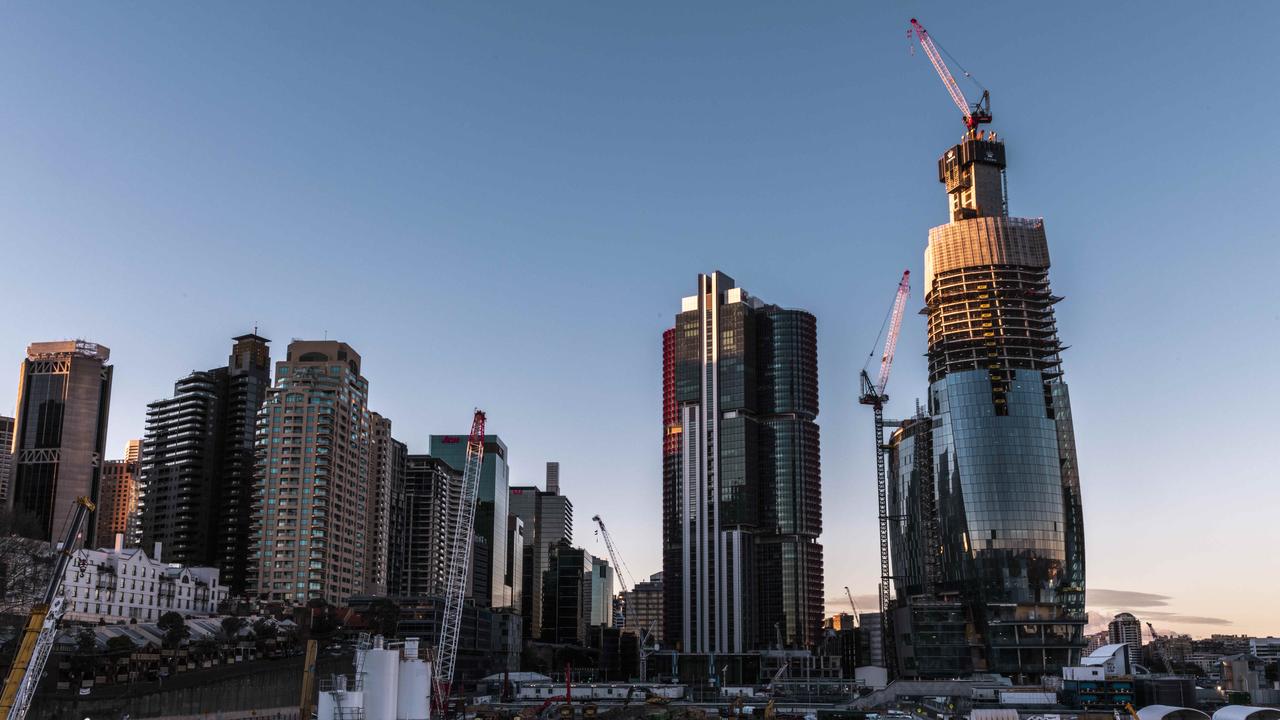Project Sydney: Modular mover and shaker wins Lendlease Bradfield Urbanisation Scholarship
A FIRST-YEAR architecture student’s bold design to tackle high-density living with a revolutionary scheme for modular apartment blocks has taken out the 2017 Lendlease Bradfield Urbanisation Scholarship.
Project Sydney
Don't miss out on the headlines from Project Sydney. Followed categories will be added to My News.
A FIRST-YEAR architecture student’s bold design to tackle high-density living with a revolutionary scheme for modular apartment blocks has taken out the 2017 Lendlease Bradfield Urbanisation Scholarship.
Caleb Niethe, a 20-year-old University of Sydney student, has won the 2017 scholarship and the $10,000-a-year prize.
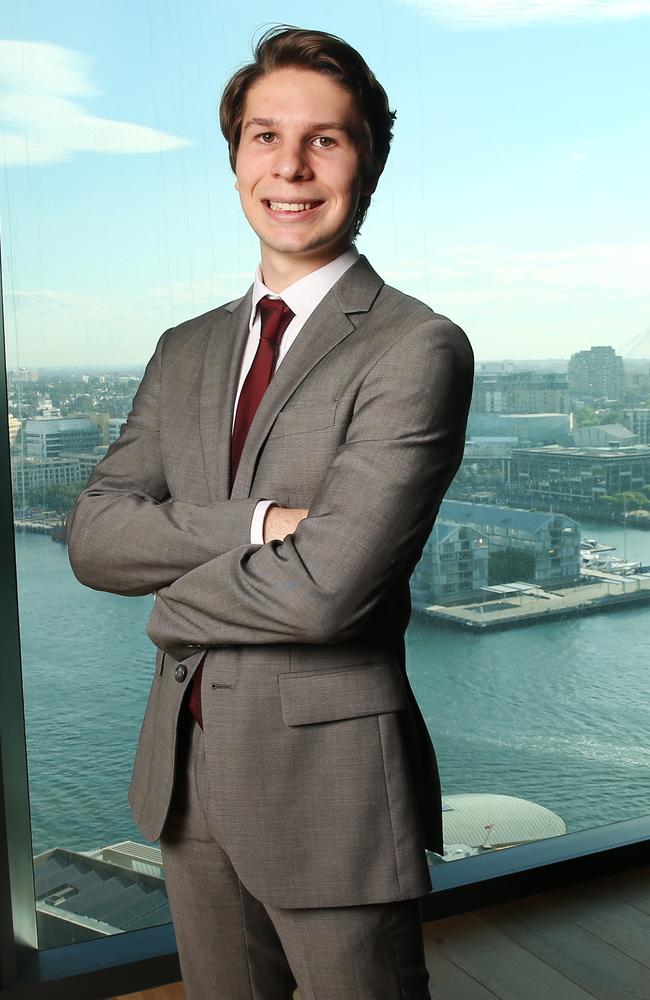
The scholarship, part of The Daily Telegraph’s Project Sydney: Bradfield campaign, was open to first and second-year University of Sydney students.
It celebrates the legacy of John Bradfield, engineer and University of Sydney alumnus whose vision drove two of Sydney’s most transformative projects — the Sydney Harbour Bridge and the city’s underground railway system.
READ MORE: ‘BUILD A BRIDGE SYDNEY, AND GET BUILDING THE FUTURE’
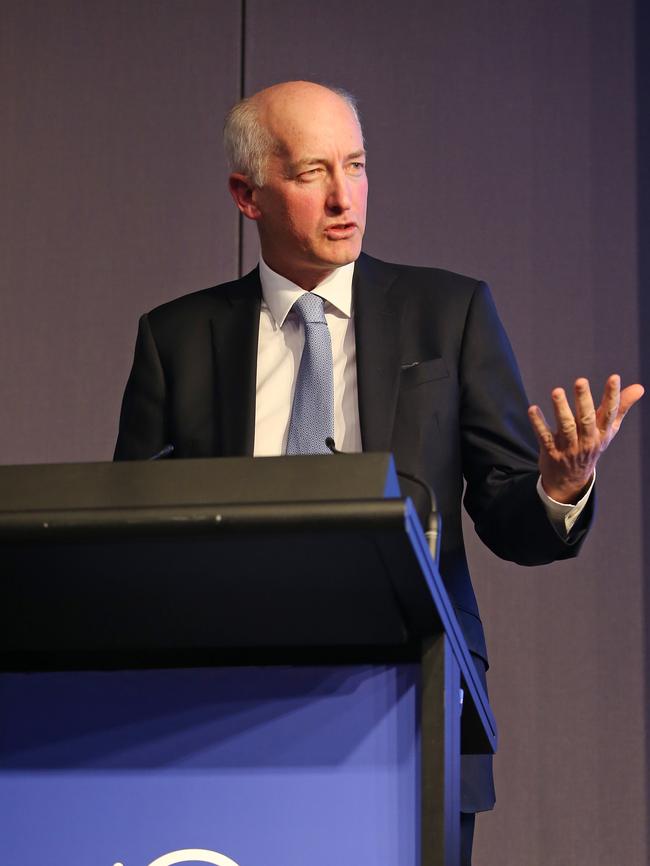
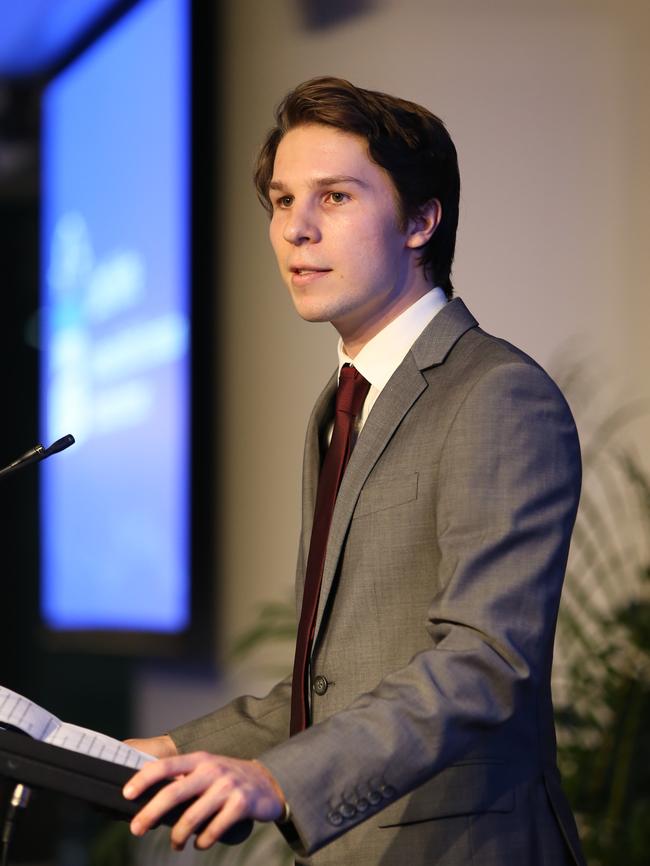
The centrepiece of Caleb’s entry aimed at solving the housing crisis and improving high-density living with modular homes capable of being moved and rearranged within apartment blocks.
Under his plan “bookshelf” apartment blocks will change the face of Sydney housing by allowing residents to design and build their own home to provide a more powerful sense of ownership than thousands of identical “cookie cutter” units.
The program saw some of Sydney’s brightest future engineers, planners, architects and artists fighting for this year’s prestigious $10,000-a-year Lendlease Bradfield Urbanisation Scholarship.
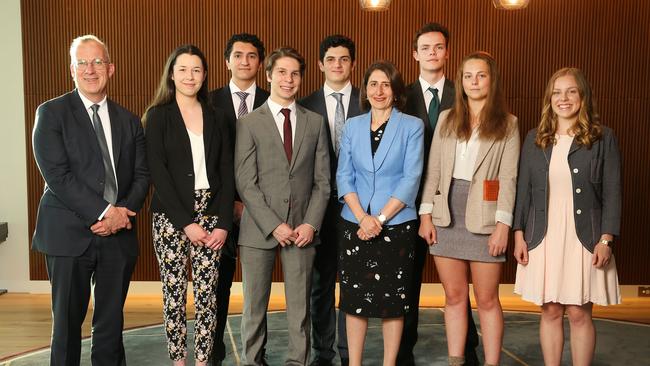
Students were asked for a 110-word submission answering: “By 2036 Sydney’s population will reach nine million people. Parramatta will be the capital gateway to the intense growth towards the Blue Mountains. What is your great idea to ensure the success of this strategy for Sydney?”
The seven finalists then pitched their vision to a panel comprising Lendlease chief Steve McCann, The Daily Telegraph editor Christopher Dore, University of Sydney vice-principal (advancement) Tim Dolan and other Sydney Uni academic experts.
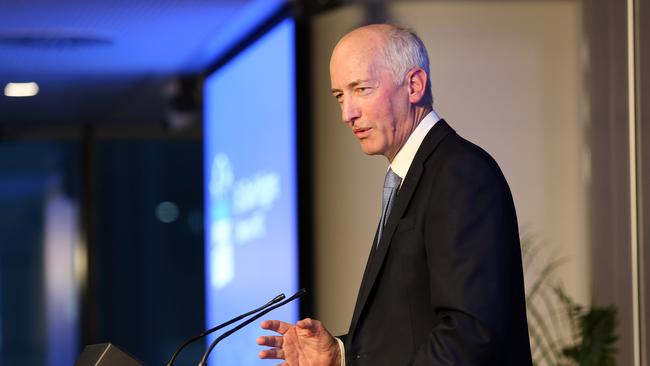
Congrats to Caleb! Here’s the full list of finalists and their innovative ideas to help Sydney:
MARION EDYE
FIRST-YEAR architecture student Marian Edye, came up with the idea of sustainable “Jenga homes” — tiny stackable houses built from shipping containers — as a solution to Sydney’s housing crisis.
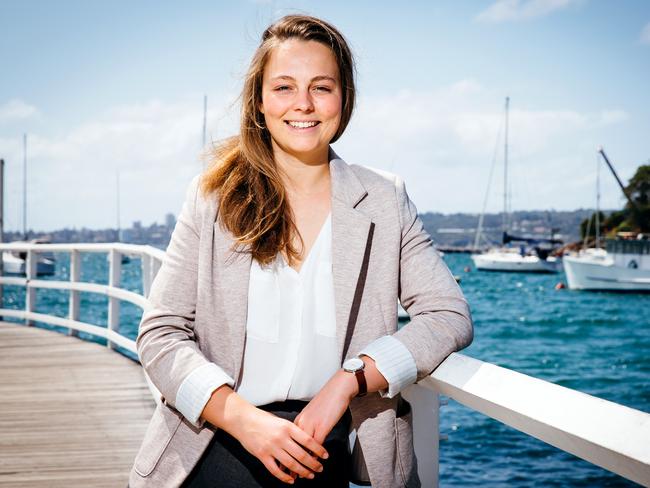
“The idea is that tiny homes can be mounted and stacked in different ways, in different locations, such as on barges in river,” Ms Edye, 19, said.
“These houses can sit upon barges on Sydney waterways, be stacked into low multistorey dwellings on land, or fitted with wheels for a more mobile lifestyle.”
CHRIS KOUSTOUBARDIS
SYDNEY architecture student Chris Koustoubardis believes creating self-sufficient satellite hubs connected by better transport links to Parramatta could help rein in Sydney’s urban sprawl.
Under his scheme Mr Koustoubardis, 20, says the car-free, mixed-use hubs will create “more connected, productive, efficient and liveable communities within Sydney”.
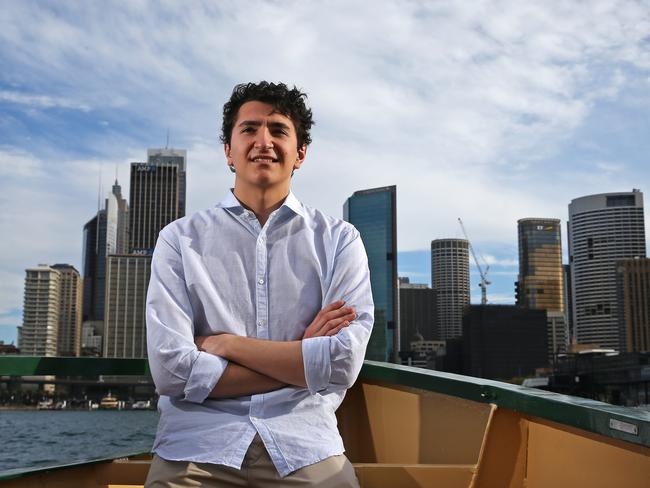
The hubs would have a 1.5km radius with a high-density central core containing services, offices, commercial and residential properties.
These would be surrounded by a medium density ring of residential, retail, recreational and educational development along with a green belt outer edge of parklands, lakes and agricultural land.
CALEB NIETHE
REVOLUTIONARY modular homes capable of being moved and rearranged within apartment blocks are the centrepiece of Caleb Niethe’s plan to solve Sydney’s housing crisis.
The “bookshelf” apartment blocks will change the face of Sydney housing by allowing residents to design and build their own home to provide a more powerful sense of ownership than thousands of identical “cookie cutter” units.
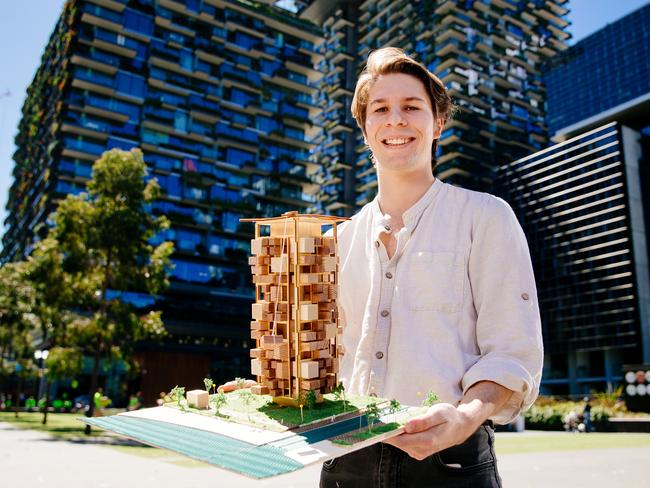
Mr Niethe, a first-year architecture student at Sydney University, said his new-age apartment block will allow home units to easily be installed or removed from the exterior of the building. The units will enable design and technology upgrades without collateral damage to other parts of the building.
“In order to make living in cities affordable and ensure people are in the vicinity of employment and infrastructure housing must be high density,” the 2-year-old said.
MARCO PECORA
NEW style estates with shared homes, facilities and outdoor areas are Marco Pecora’s answer to accommodating Western Sydney’s booming population.
The University of Sydney architecture student says share facilities will make low to medium density estates affordable for thousands of residents who otherwise may be locked out of the housing market.
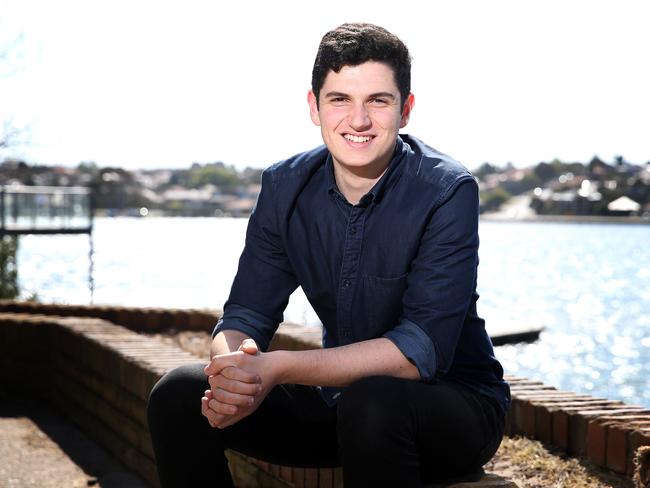
Under the 19-year-old’s innovative plan estates will be built with a green belt of protected parklands and open spaces for families “preferably taking advantage of Parramatta River”.
“Parramatta will transform in the next 20 years and along with this predicted growth its economy will take off,” Mr Pecora said.
“(But) there is a desire by the community to protect the current working class by ensuring they are provided an opportunity to live within a reasonable distance from the Sydney CBD and other world famous attractions.”
ELOISE BULL
ELECTRIC buses with live roof gardens irrigated by waste water from air conditioning systems will cool city streets, save energy and enrich the environment, 20-year-old architecture student Eloise Bull says.
She wants to bring the photokinetic buses with lightweight roof gardens conceived by landscapers in Spain to Sydney as part of a revolutionary plan to green the harbour city.
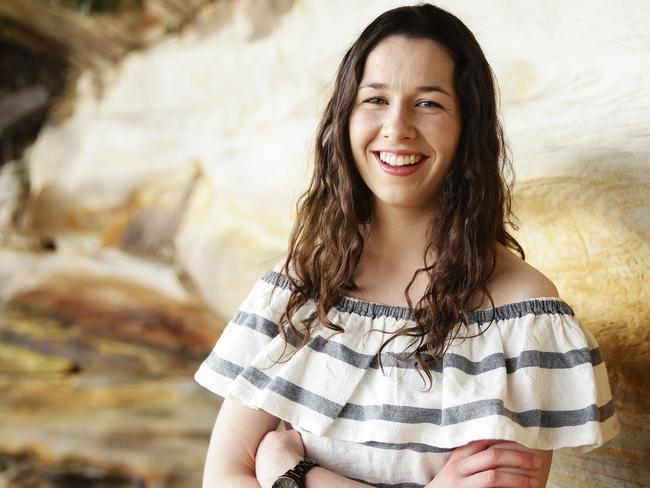
While the roof gardens will soak up heat, noise and pollution they will also be a novel way of countering CO2 emissions.
Under Ms Bull’s scheme green roofs and walls will become mandatory for all new residential and commercial developments as well, to provide “urban farms” and minimise heat.
Her plan uses the Parramatta River to create canals and streams running through meadow streetscapes cooling the microclimate and enhancing vegetation.
DAVID SHEAD
THE solution to Sydney’s traffic gridlock is a groundbreaking scheme putting it all underground in a network of subterranean highways, University of Sydney engineering and science student David Shead says.
The 19-year-old wants Sydney to follow the underground route taken by Los Angeles to improve the connections between residents and their workplaces.
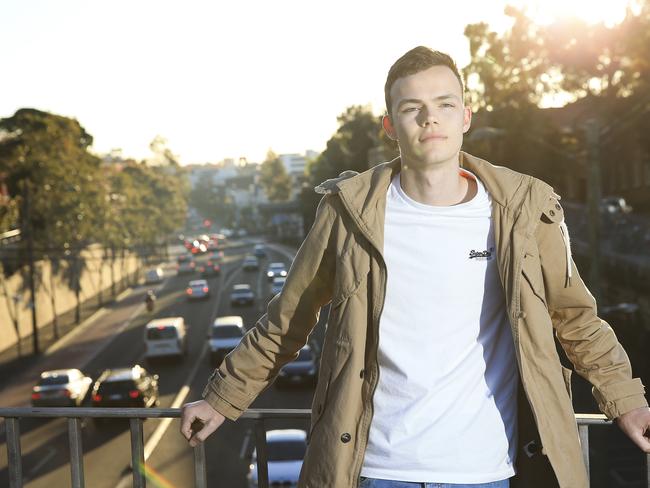
High-speed travel on electric carts that can reach 200km/h will drastically cut commute times and “ensure that Sydney remains liveable and dominant on the world stage”.
“These highways take the strain away from the existing roadways, opening them up for pedestrians, cyclists and public transport,” Mr Shead said.
“They will increase air quality in the city and pave the way for predominantly renewable powered transport.
“As a city undergoes urban sprawl, it becomes increasingly harder to remain efficient, commutes become longer, people lose a reason to know their neighbours and the overall quality of the city drops.”
BRIGID WHITE
ARCHITECTURE student Brigid White would tackle Western Sydney’s public transport bottleneck through a series of hubs, with Parramatta at the centre.
Sick of epic commutes from her Blue Mountains home, the University of Sydney student developed the Parramatta Rail Infrastructure Network (PRIN) plan.
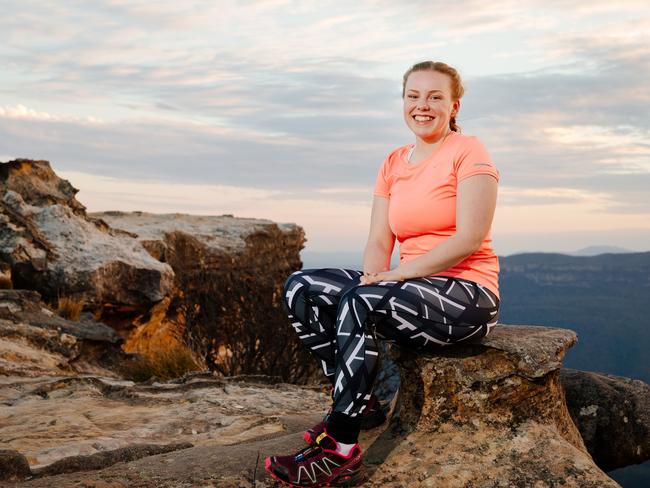
Ms White sees the network making Parramatta the gateway to Western Sydney and the Blue Mountains.
“With continual delays and limited express services towards the Blue Mountains, the Western Line has reached its saturation point,” she said.
In Ms White vision, Parramatta would act as a metro rail hub, feeding high-speed services towards key residential growth areas at Badgerys Creek Airport, Penrith and Sydney’s northwest.
